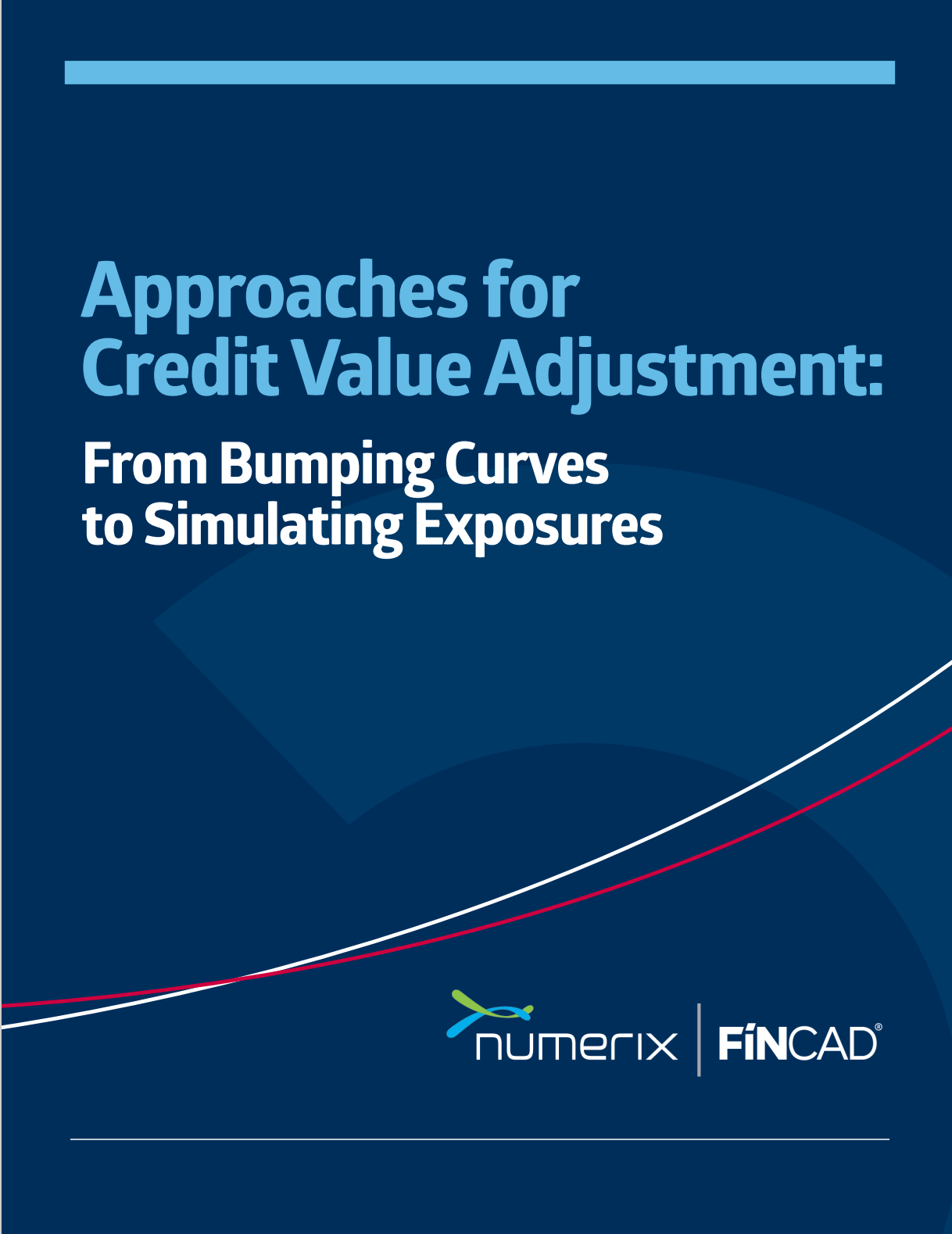A Robust Method for More Accurate CVA Calculation
The financial crisis forced the industry to re-assess how counterparty credit risk impacts the valuation of a deal. Prior to the crisis, the practice of consolidating positions with one or two large, too big-to-fail institutions was considered safe, but the bankruptcy of Lehman Brothers and subsequent stress to other large institutions, made it clear that this approach is not prudent.
Over 43% of companies are now required to calculate the Credit Value Adjustment (CVA) for their derivative valuations. In addition, 50% of auditors require their clients to include a credit adjustment on more of their derivative positions now than in the past.
Many finance professionals had been using simple approaches that did not calculate this risk correctly for most derivatives positions. This paper reviews the shortcomings associated with the simpler approaches and introduces a more robust method for more accurate measurement of CVA.
Topics covered in this White paper include:
- Regulations
- Credit Value Adjustment
- Shift (Bump) curves
- Calculating CVA using more robust methods
- Impact of CVA on hedge accounting

